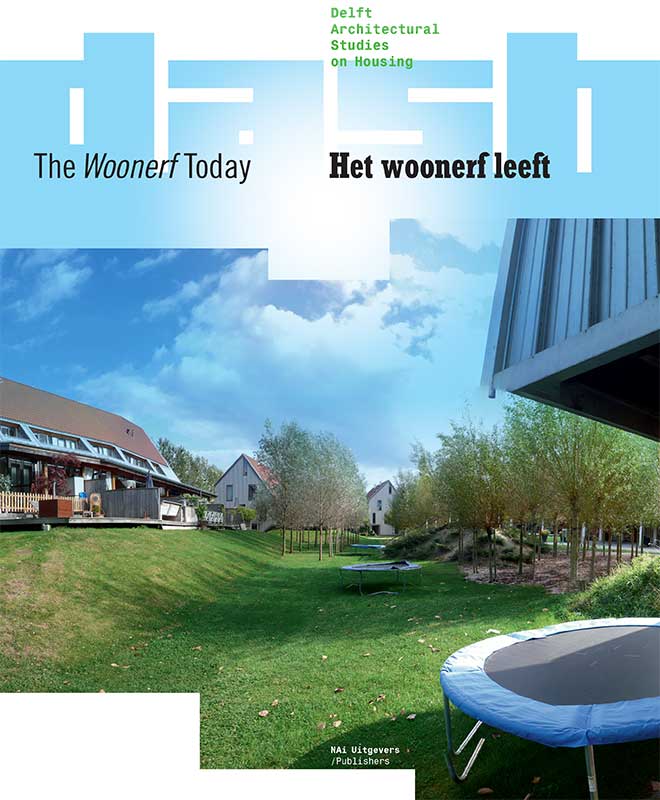Redactioneel
Samenvatting
Precies 20 jaar geleden voorspelde Rem Koolhaas de herontdekking van de Delftse woonerfwijk Tanthof in zijn roemruchte lezing Hoe modern is de Nederlandse architectuur?, een diatribe tegen het neomodernisme uit die tijd. De woorden waren niet meer dan een ironisch, misschien zelfs sarcastisch bedoeld tussenwerpsel in zijn filippica, die toen nog jonge collega’s als Mecanoo of DKV eens flink de gordijnen in moest jagen. Koolhaas’ profetie is (nog) niet uitgekomen, maar de ‘bloemkoolwijken’, zoals de uitbreidingswijken uit de jaren zeventig en tachtig nu wat negatief worden genoemd, zijn ontegenzeggelijk toe aan een herwaardering. De wijken en huizen raken sleets en de bevolkingssamenstelling verandert, wat maakt dat ze weer op de radar van institutionele beheerders en beleidsmakers verschijnen. De eerste studies en verkenningen zijn al verricht, maar wat er nu precies met deze verzameling van massale kleinschaligheid en gepland alledaags geluk moet gebeuren, is nog een open vraag.
In vakkringen is het in ieder geval bon ton om de architectuur en stedenbouw uit die tijd af te doen als één grote vergissing. Hier en daar klinkt dan ook een pleidooi voor een nieuwe, grootschalige reconstructieopgave, zoals die nu al enige jaren gaande is in de naoorlogse wijken. Tegelijkertijd is er ook een meer nostalgische revival waar te nemen bij een deel van de generatie die is opgegroeid met de esthetiek van gezelligheid, zitkuilen, bielzen en gewassen grindtegels in de tuin. De NAi-tentoonstelling en publicatie De kritiese jaren zeventig uit 2004 met veel aandacht voor de zogenaamde ‘nieuwe truttigheid’ was een eerste, vroege uiting hiervan.



